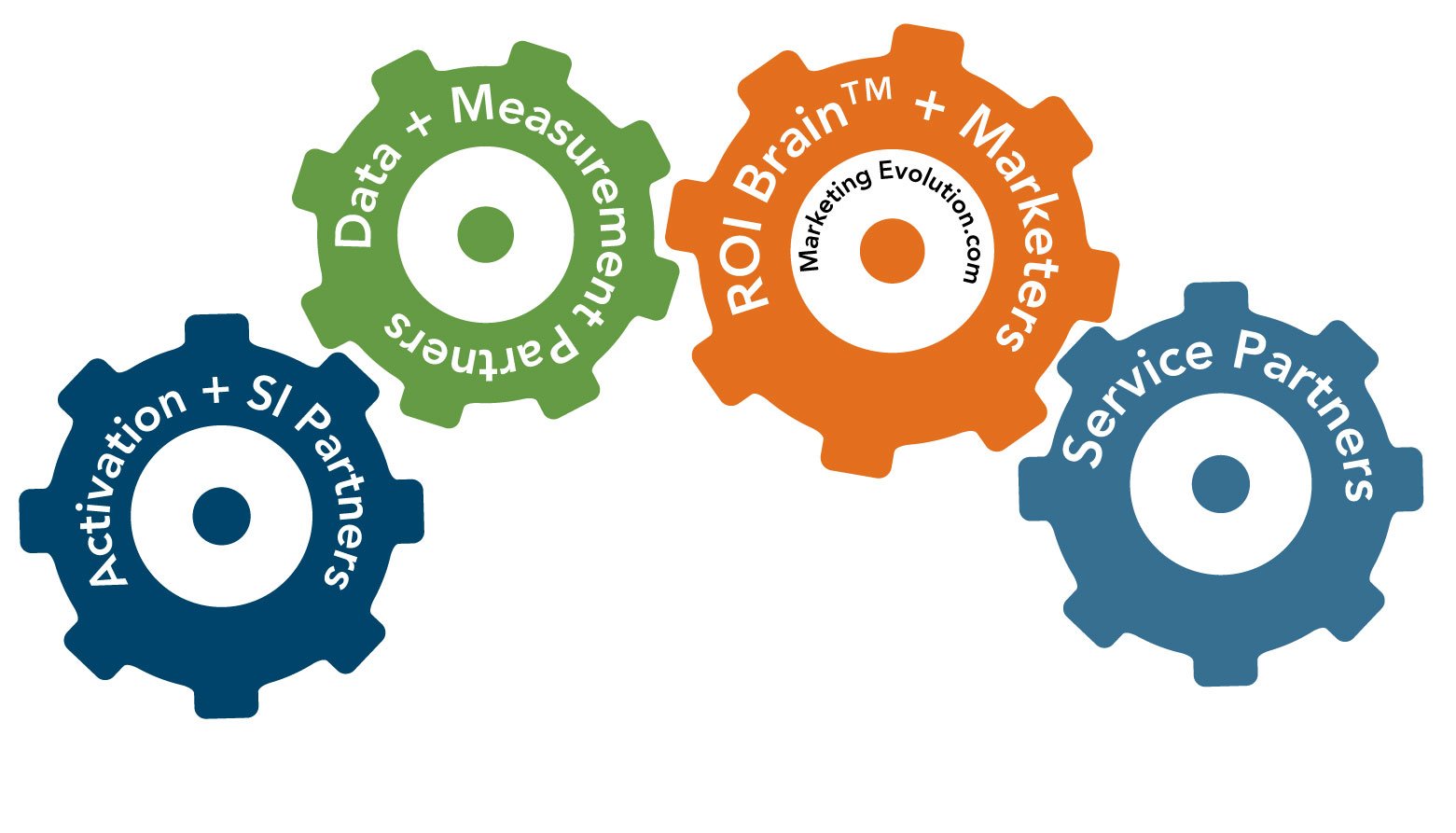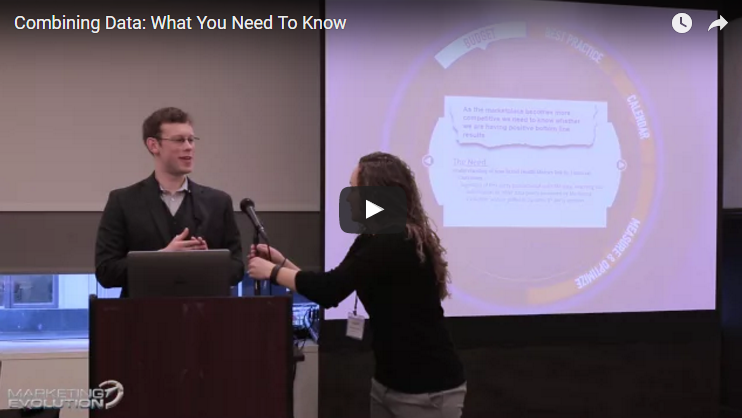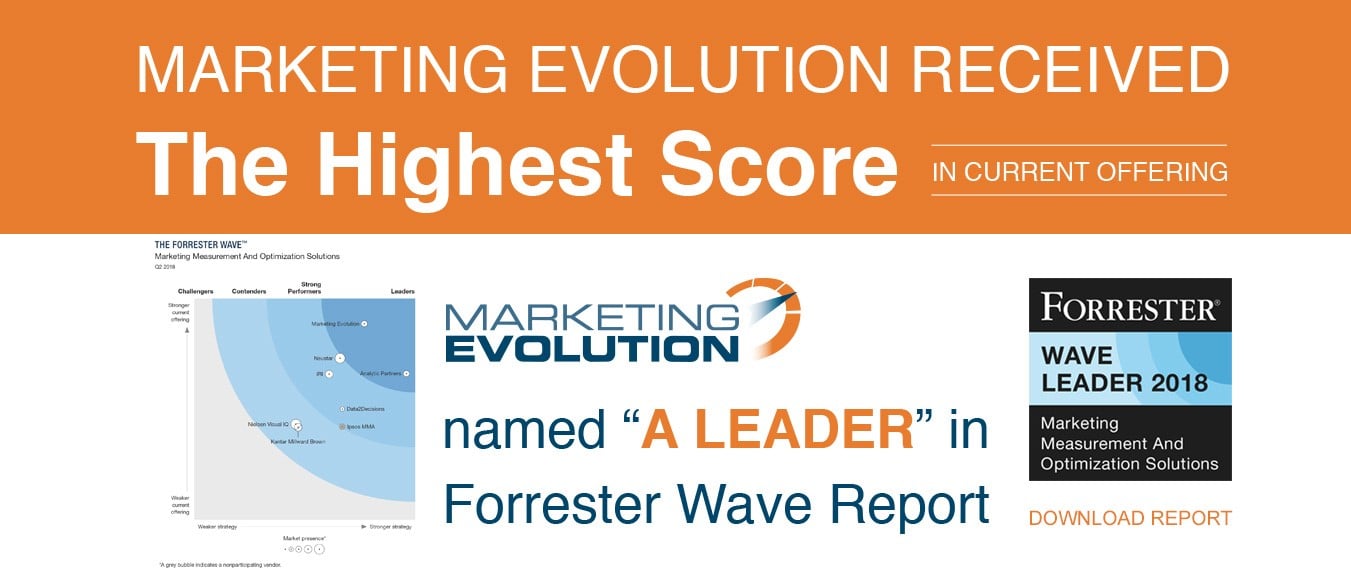5 Examples of Brands with Successful Customer-Centric Marketing
Learn how Regions Bank Perfected their customer journey
Creating a customer-centric business model is key to success in today’s marketplace, where organizations must stand out to inspire customer loyalty and boost brand equity. Retailers acknowledge that putting the customer first is important, with 94 percent feeling like they’re giving a customer-obsessed marketing experience. In reality, only a mere 9 percent of retailers are actually succeeding in their customer-centric marketing efforts.
To be truly customer-centric, it is important to evaluate the specific needs of your organization’s target audience while considering the core competencies of your organization. Read on to learn how four organizations are engaging in effective customer-centric retail marketing efforts.
How Can Your Company Become Customer-Centric?
Customer-centricity is important for a company because it helps drive a consumer down the sales funnel. The first step in becoming customer-centric is to understand the wants and needs of a potential buyer. For example, using AI to predict and suggest the channels that customers are most likely to engage with, and purchasing ad space accordingly. In order to successfully do this, understanding the buyer’s journey is crucial. Another way to do this is to properly segment consumers. While you can’t please everyone, conducting research and creating strategies based on different groups of customers can ensure that the largest number of consumers will receive a satisfactory experience.
1. Efficiency is Key for Starbucks
Customers are becoming increasingly pressed for time. For a significant segment of Starbucks customers, this is especially true. By building on this customer need, Starbucks has adapted their operations and marketing strategy to better balance efficiency and effectiveness. However, they must accomplish this while still offering all of the customizations that patrons have grown to enjoy over the years.
One major way that Starbucks has facilitated efficiency without sacrificing the quality of their product or service is via their loyalty program. Starbucks’ loyalty program not only gives members a variety of discounts and other offerings to encourage repeat visits, it also offers in-store pickup. For customers who want to avoid inconsistent timing due to lines, this is a major value-add. Via the app, members have access to the same level of customization that is available instore, but the ability to bypass the line and pick up their drink at a scheduled time. While these customers enjoy the privilege of lightning-fast service, other, less time-sensitive customers are still able to experience Starbucks at a slower pace.
Starbucks used their loyalty program to cater to the needs of their customers that are on-the-go. This approach has rewarded Starbucks with the most popular app among major restaurants, with 48 percent of app users regularly using their loyalty app.
2. Patagonia Builds Trust via Transparency
While Patagonia has aligned itself with environmentally-friendly goals for decades, they’ve recently ramped up marketing efforts to flaunt their environmentalist mission statement. This is likely due in part to young adults being interested in sustainability more now than ever. However, Patagonia acknowledges that trust – especially in the realm of sustainability and preserving the environment - is difficult to earn among younger, more discerning customers.
Instead of merely talking about their sustainability efforts like many other companies, they put transparency as a top priority, providing a wealth of information about their production process to customers. They publicly list the mills and factories their apparel is produced in, and have a Supplier Code of Conduct available online that is strictly enforced. Patagonia also has been more than willing to answer questions about the sourcing of their products and are honest about their shortcomings. This upfront honesty helps assuage the concerns of some skeptics, and ultimately builds trust that Patagonia truly believes in their mission statement.
Patagonia clearly finds this trust with customers vital to their business, resulting in them finding novel ways to appreciate their customers. They create repair guides to fix their products when they wear down, encouraging patrons to refine and reuse their existing apparel as opposed to purchasing it new. To drive this point home, Patagonia launched their “Worn Wear College Tour,” where they visited college campuses and fixed any clothes brought to them by students. These marketing activities do not directly benefit Patagonia’s bottom line – they exist to prove to potential customers that Patagonia values sustainability over sales.
3. Zappos – A Customer Service Company that Sells Shoes
Zappos is an excellent example of how a business can thrive with a model that centers itself around customer service and satisfaction. They publicly identify as a service company that just happens to sell shoes, clothing, and accessories - and they support this identity in every facet of their business strategy.
First, they widely advertise the quality of their support. They recognize that just like clothing, a good support experience isn’t one-size-fits-all – it is all about finding the perfect fit for an individual. As a result, they have quality, 24/7 support staffed by personable staff that are trained to resolve problems in a self-directed way. They are extremely lax with refunds, giving customers free shipping and a 365 day window to return items. Zappos also will spend as much time as necessary making the customer’s experience optimal. This even resulted in one service call between an exceptionally personable representative and customer ended up being just shy of 11 hours long!
Part of the way that Zappos takes their customer service to the next level is with person-level engagements. They encourage their representatives to get to know customers and create a strong, personal connection. For example, if a representative hears a baby crying in the background of a call, they may include a complimentary small blanket in the apparel shipment. These unexpected and thoughtful acts elevate Zappos’ customer service to an exceptional level.
4. Amazon Uses Personalization for Better Convenience
Curated recommendations are a huge source of Amazon’s sales. Recent figures have suggested that personalized recommendations across Amazon’s website drive 35 percent of their total sales. These recommended products are based on purchase history, items in the customer’s cart, items the customer viewed recently, items purchased by others who bought a similar product, and more. This advanced algorithm creates immense value for Amazon while making shopping more convenient for customers.
The convenience fueled by personalization helps to attract new customers, while retaining existing customers. Surveys have shown that 86 percent of customers believe personalization plays a significant role in purchasing, while 56 percent of shoppers are more likely to return to a site with personalized recommendations. While not every organization has the power to gather and process data on the scale that Amazon can, the crux is that personalization offers robust benefits to organizations through enhanced customer experience.
5. Nordstrom
Nordstrom is another brand that is able to increase their retention rate through their customer-centric strategy. They offer a variety of personalized services so the potential customer is made to feel important rather than just another buyer.
In particular, the company has launched the Nordstrom Analytical Platform (NAP) to improve service and product discovery. This model is used to predict each customer’s shopping preferences and new KPIs. Each day, over 100 AI models are used at Nordstrom. The company has created a fashion map in which AI uses natural language conversations paired with images and information from social media to predict customer preferences. This is an alternative way to connect with customers as opposed to keyword searches, which are less personalized. These AI marketing features are one of the many reasons that Nordstrom continues to dominate the retail sector.
Replicating Success with Unified Marketing Measurement
To achieve success in customer-centric endeavors, it’s essential to fully understand the desires and motivations of your customers. This often means needing to combine person-level data, brand awareness data, and aggregate data. This practice, called Unified Marketing Measurement (UMM), aids organizations in understanding a single buyer’s journey while being mindful of market trends. This allows marketers to have a much more accurate view of their customer’s values, behaviors, and expectations. For businesses like Patagonia and the others mentioned in this post, hitting this mark has been vital to forming strong emotional connections with the brand.
Fully understanding the motivations of customers, whether they’re interacting online or offline, ensures that any targeted marketing messages, or operational adjustments, are having the intended positive effect on consumers. With proper measurement, organizations can use data to discern which messages are the most impactful and resonating with consumers.




















